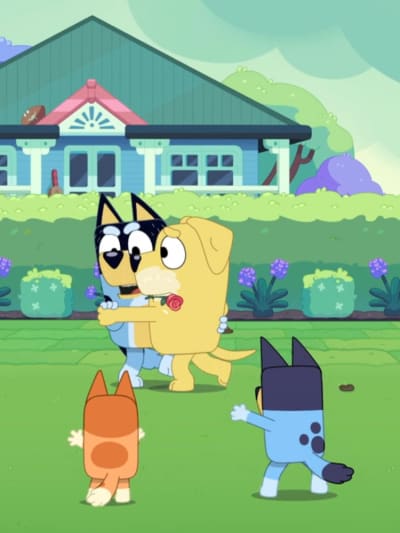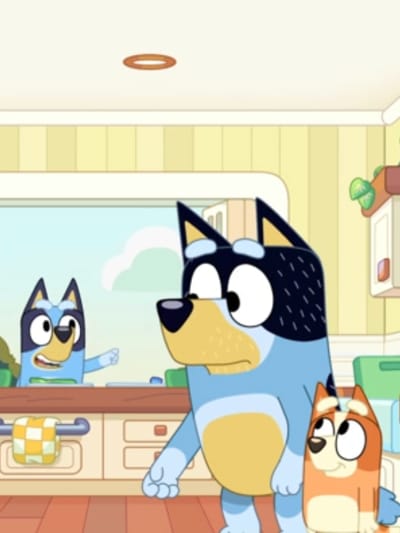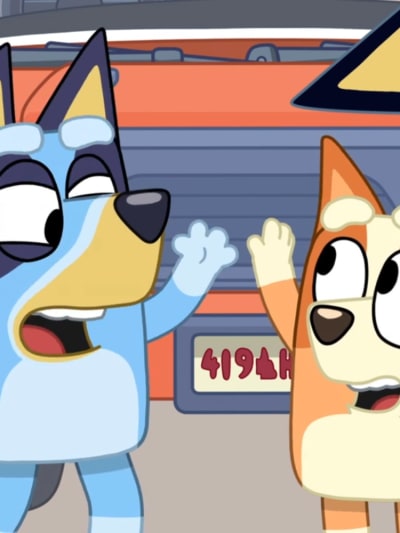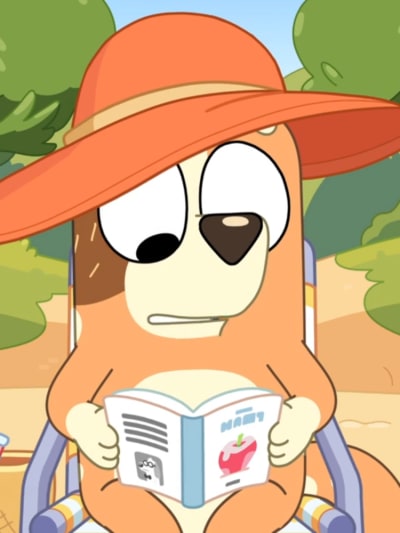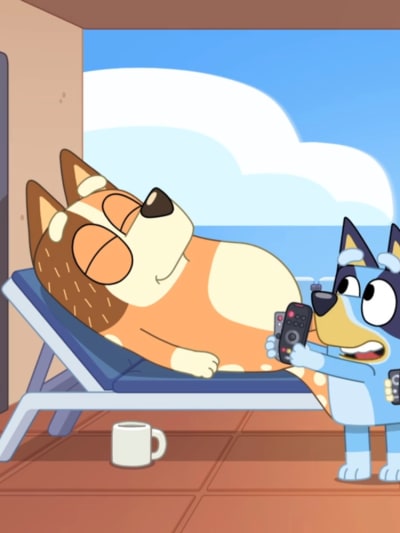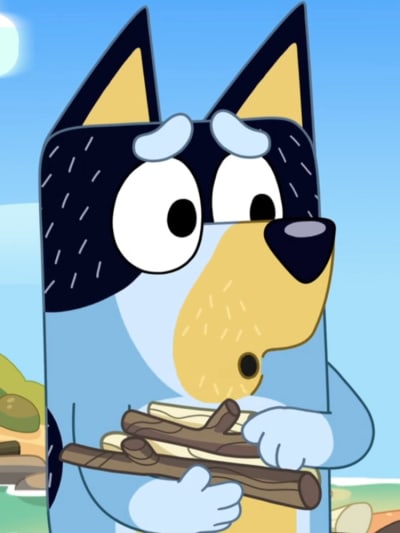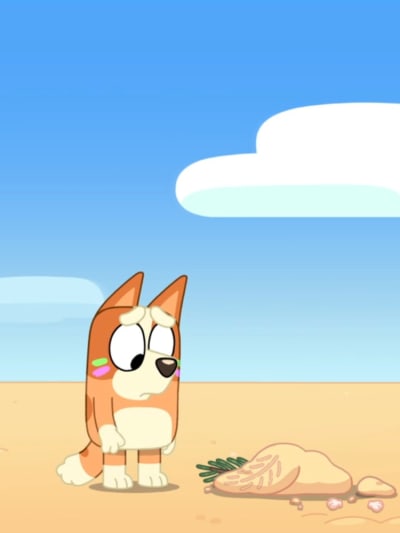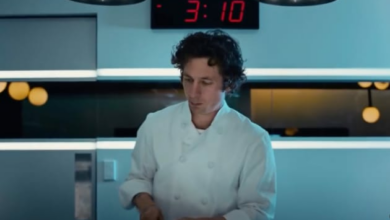The Magic of Bluey: Why This Popular Children’s TV Show Has the Whole World Watching
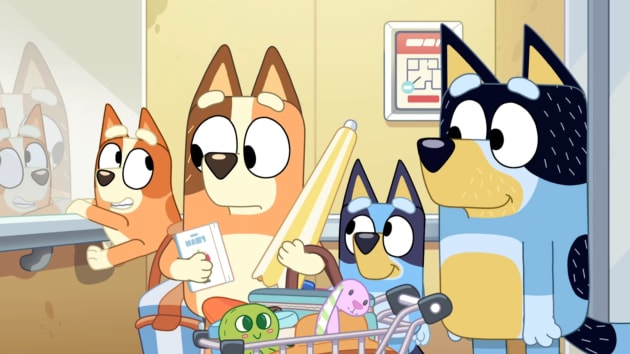
By now, if Bluey hasn’t entered your heart and home, you’ve at least heard her name.
The seven-year-old Australian blue heeler pup has taken the world by storm, flanked by her adorable little sister Bingo and their parents.
For a cartoon designed for young children, it’s somewhat unusual to see such a dedicated fan base that crosses multiple generations. People of all ages all over the world have fallen in love with Bluey.
Bluey sets itself apart from other children’s animated series by being intentionally entertaining for a broader audience.
Dealing with complicated topics, tossing subtle jokes over kids’ heads for parents to enjoy, and generally providing a feel-good break from the world for the whole family, Bluey has become a household name.
How do these seven-minute episodes manage to pack in so much wholesome content?
For starters, the writers never seem to have a shortage of hard-hitting topics to explore. In its three-season run, Bluey has covered issues many adult-focused shows won’t go near.
Death, infertility, parenting burnout, divorce, mental health, aging, and neurodiversity; the list goes on.
Somehow, these things never make the show feel heavy. Instead, they give it a sense of relatability that parents don’t typically find in their kids’ favorite series.
I’ll be the first to admit that I’ve shed a few tears watching Bluey with my toddler. The episode titled “Onesies,” which deals with Bluey and Bingo’s aunt Brandy and her struggle with infertility, left me in shambles.
More recently, the special feature episode “The Sign,” which gave us 28 minutes of the normally bite-sized show, revealed that Aunt Brandy is pregnant following her struggles. Cue the waterworks again.
Bluey Season 2 gave us “Sleepytime,” about Bingo finding that she’s ready for more independence regarding bedtime. You guessed it — it’s a real tearjerker.
But it’s not a cryfest all the time. More often than not, Bluey makes us laugh and feel seen as parents.
Sometimes, Bluey and Bingo drive their parents a little crazy, and Chilli announces that she needs a few minutes to herself.
Other times, Bandit expresses exasperation with playing the same game again for the hundredth time (but plays again anyway).
As parents, we relate to the feelings of burnout and the moments of exhaustion that Bandit and Chilli experience.
But we also look up to the Heelers for their ever-patient, always-present parenting style. They show us that it’s okay to embrace imperfection as long as we keep trying to put our best paw (sorry, foot) forward.
Parents aren’t the primary audience, but the creators of this show have carefully crafted something that has become meaningful for everyone in the family.
Sometimes, Bingo, Bluey, and their friends feel left out or ignored. They get involved in conflicts. They feel sad about significant life events (and small ones) and struggle to embrace change.
Kids watching are experiencing those things, too. Real-life kids go through loss and deal with feelings of insecurity. They yearn for independence while still needing help and guidance.
Bluey teaches them that everything they’re feeling is normal. She and her family model healthy approaches to dealing with big feelings.
Quickly browsing your favorite social media outlet will reveal that Bluey has become so much more than a television show.
Facebook groups dedicated to adult fans of the series have exploded this week after a new and unexpected episode premiered, aptly titled “Surprise!,” where we flash forward to the future to see a grown-up Bluey visiting her parents.
A child is seen playing a familiar game, and the consensus is that this is Bluey’s future child.
A fierce debate about who may have fathered Bluey’s child has taken over these groups. Will Bluey end up with McKenzie? Or will it be Jean-Luc who wins her heart?
Eagle-eyed fans have been speculating wildly, comparing the child’s features to those of the potential fathers.
These same fans have also combed through every episode for possible hints as to what Bluey’s future might hold.
Going further back, adult Bluey fans discovered that the show’s animators hide a “long dog” in every episode, and they take great pride in finding those easter eggs.
Bluey is more than just a show for millions of people. Its reach beyond its origin country proves that.
Frankly, you don’t need to be a toddler or a parent to enjoy Bluey. If you’ve ever been a child, you’ll probably find this Aussie hit relatable and funny.
For folks who have had a difficult childhood, maybe Bluey can help heal something inside you by addressing parts of yourself you haven’t let go of.
If you’ve dealt with infertility, miscarriage, loss of a loved one, or even just the inevitable struggle of being alive, you’re not alone, and Bluey’s writers want you to know it.
Luckily for new fans, the show’s short episodes offer a quick binge. Whether you’re cracking open a bottle of wine to enjoy alone or settling in to watch with your kids, Bluey is there to welcome you.
You can watch all 153 episodes on Disney+, and I promise you won’t regret it.
Haley Whitmire White is a staff writer for TV Fanatic. You can follow her on X.


